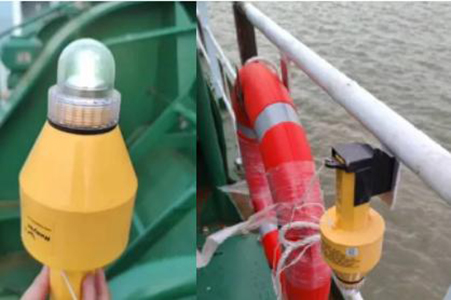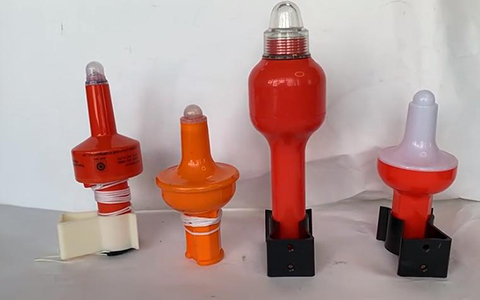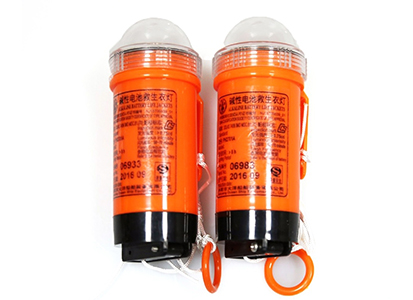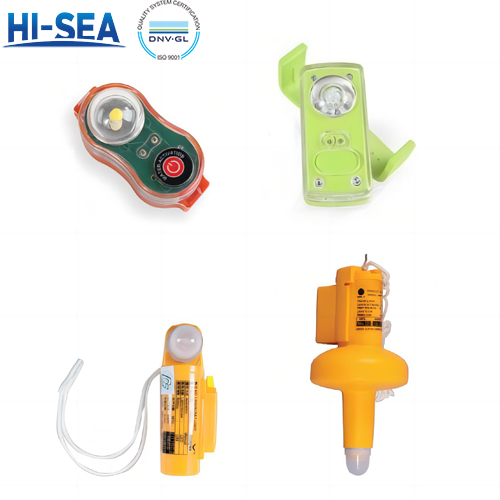
Different batteries of marine life-saving light
No matter life jacket or lifebuoy, even or life raft, their application must be equipped with an important life-saving tool, life-saving light. Most marine life-saving lights can self ignite. They also can be manual ignited by users. There are some common batteries adopted in the manufacture of life-saving light.
Overview
Dry Battery
The control circuit of the dry battery life-saving light includes a mercury switch (or small iron block), which controls the life-saving light by opening and closing the switch. The life-saving light should be stored upside down on the ship's dedicated lifebuoy light bracket, keeping the life-saving light in the off state. When the life-saving light is placed upright, it automatically connects the circuit and lights up.

Sea Water Metal-Air Battery
When the life-saving light floats on the sea surface, the sea water metal-air lithium battery uses metal as the battery's negative electrode and sea water as the electrolyte solution. The metal loses electrons, and oxygen in the air gains electrons. This entire process converts chemical energy into electrical energy. The contact resistance formed by the two sea water electrodes coming into contact with water connects the circuit and automatically lights up the light.

Alkaline Battery
The life-saving light with magnetic switch and mercury switch is powered by an alkaline battery. The self-igniting floating light has a compact structure and a lightweight appearance. The light source uses white LED. By pulling out the magnetic strip attached to the storage bracket, it automatically connects the magnetic switch, and when placed upright, it lights up the light. Inserting the magnetic strip disconnects the circuit (the pin is in the inserted state when the life-saving light of the life-saving is in the off state).






